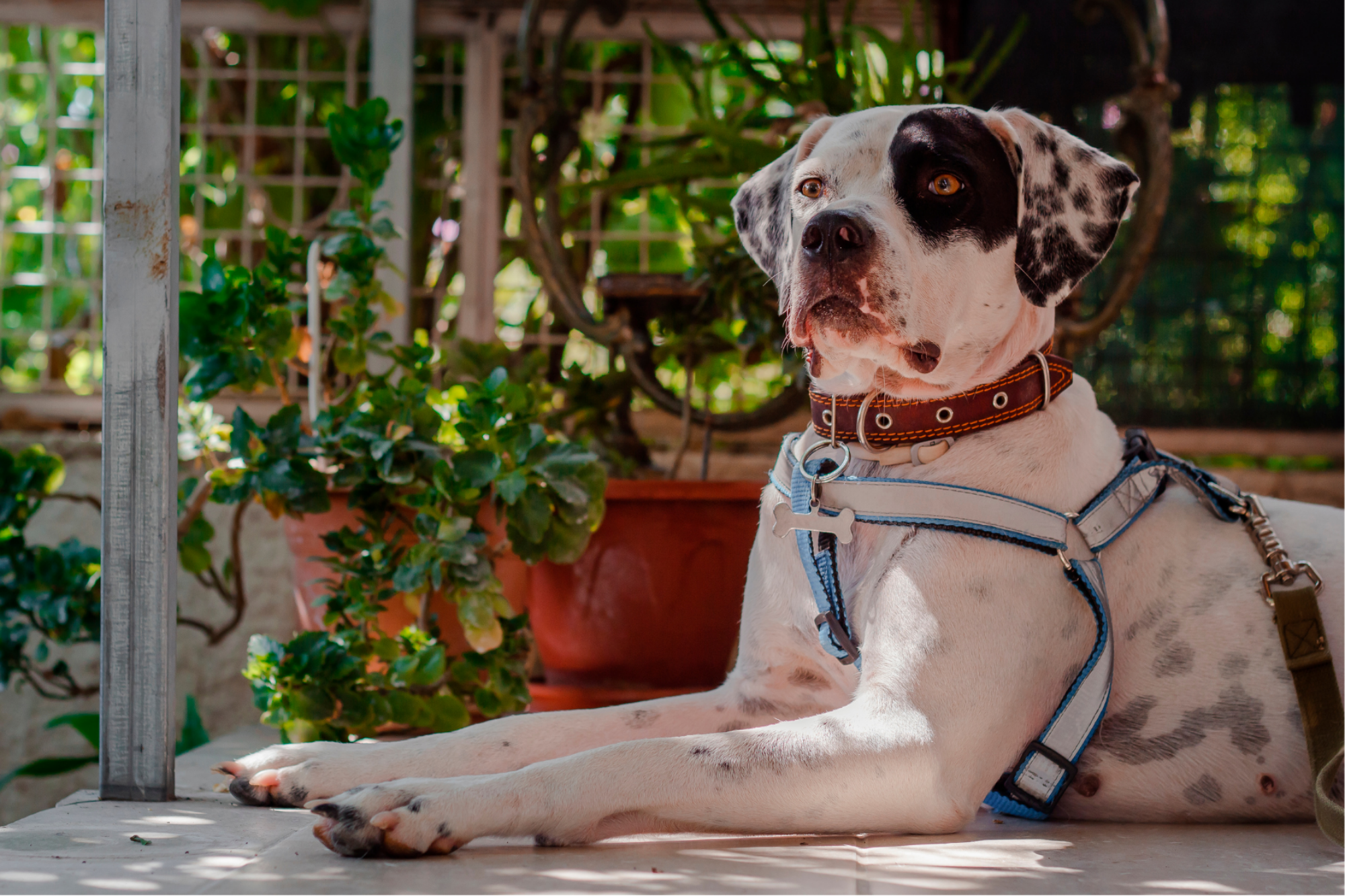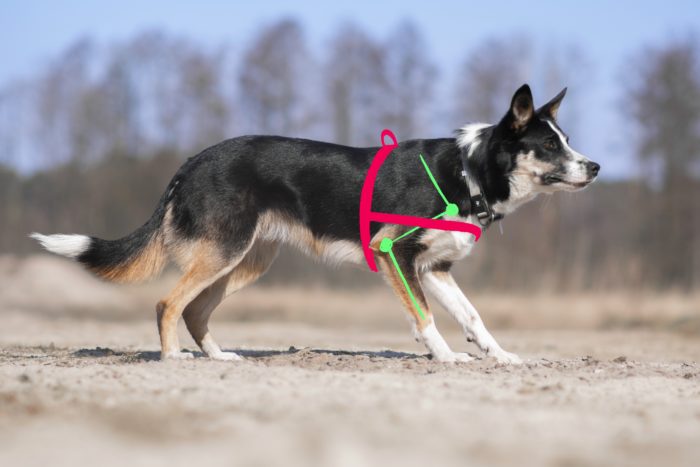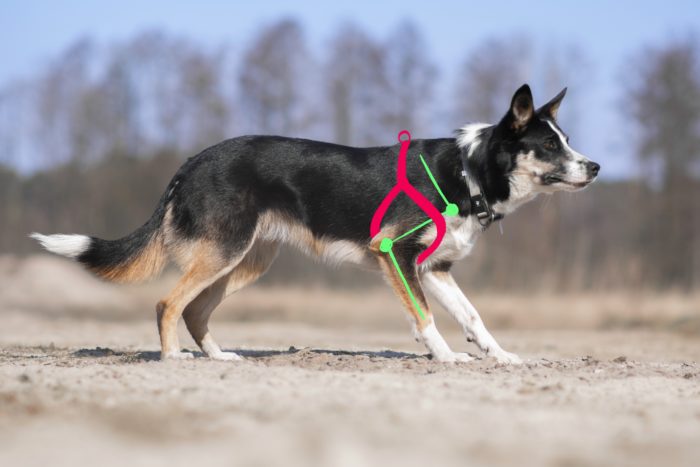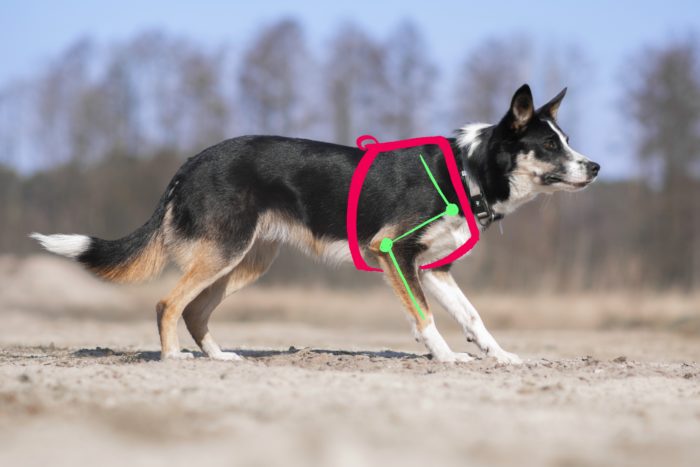Harness vs collar – what should you choose?
Let’s talk a little bit about the choice between collar and harness. We know, that there is a never-ending dispute over which way of attaching your dog to the leash is the best. Let’s start the harness vs collar battle. And what does science say about this topic?
From the scientific point of view, the dog collar seems to be the least favourite choice
Since 2006 (1) we know that the intraocular pressure in dogs that were pulling leash, attached to collar, where significantly higher than in non pulling dogs. This already gives us some idea about what is happening with the blood pressure in dog’s head, when he’s pulling. Also a very interesting the study, which has been published just last year (2), shows that using collars, even if the pressure values are of a lightly pulling dog, were much higher than values known as causing tissue damage in humans. The situation gets even worse when the leash jerks and strong pulling were tested (on the artificial neck model). So using collar differently than just a beauty accessory or for attaching the dog-tag, may cause pain, soft tissue damage, cervical spine and wind tube injuries. Because of the higher blood pressure, it may also raise the stress levels in the dogs that are showing leash related reactive behaviours.
How about the harness?
Actually there is very little studies regarding using harnesses, and the existing ones are made on very small number of dogs. Too small to draw conclusions. That’s why in this case we should rely on the knowledge of the anatomy and the range of motion of the dog. So for the everyday activity, like walks or hikes, looking for the harness that is the least restricting for the shoulder and shoulder blade movement, is the most logical approach.
Let’s see the most popular models.
The shoulder strap model: The strap may be restricting the shoulder extension and pulling in the long term may result in a muscle stiffness, pain, and tissue changes due to prolonged contact with the strap. The step-in model: It may be restricting for both extension and flexion of the shoulder also blocking the shoulder blade movement, the proximity to the gentle armpit area may cause the skin irritation. The Y type model: If matched properly this model seems to be the closest to non-restricting type of harness. Though, the chest strap should be away from the armpits and the top straps should not cover the shoulder blade area of the dog. The front part of the harness should rest on the lower neck, in front of the edge of the shoulder blade and meet around the (nonexistent) collarbone and in the middle of the chest, distributing equally the applied forces. Widely distributed pressure will make the influence on the tissues way less significant, but let’s keep in mind that this type of harness is not meant for pulling. For that you should look for the desired activity specific types, like sled harness, weight pulling harness etc. I hope this short sum-up will help you make the best choice for your dog, depending on his activity, and lets keep fingers crossed for more studies regarding the harness types!
Dogs, just as humans, are born for movement!
And we want to make sure that they are enjoying it as long as possible in good health. The harness vs collar dilemma is just the tip of the iceberg. How to prevent painful for your dog and costly injuries? What should worry you in your dog’s behaviour and when to seek help? Do dog joint supplements work? How to prepare a dog for various activities – sports, mountain trips, crazy playes with other dogs? So many questions! Here you will find the answer: [click here and take care of your dog even better]
- Pauli AM, Bentley E, Diehl KA, Miller PE. Effects of the application of neck pressure by a collar or harness on intraocular pressure in dogs. J Am Anim Hosp Assoc. 2006 May-Jun;42(3):207-11. doi: 10.5326/0420207. PMID: 16611932.
- Carter (Pullen), Anne & McNally, Donal & Roshier, Amanda. (2020). Canine collars: an investigation of collar type and the forces applied to a simulated neck model. Veterinary Record. 187. vetrec-2019. 10.1136/vr.105681.
See also other posts:
June 30, 2023

Get Your Lost Dog Back Home Quickly: Follow These 12 Tips for Success
Vacations favor more frequent and longer walks with our furry friends. We travel, visit new places. Summer makes us loosen our brakes and allow our…
June 30, 2023
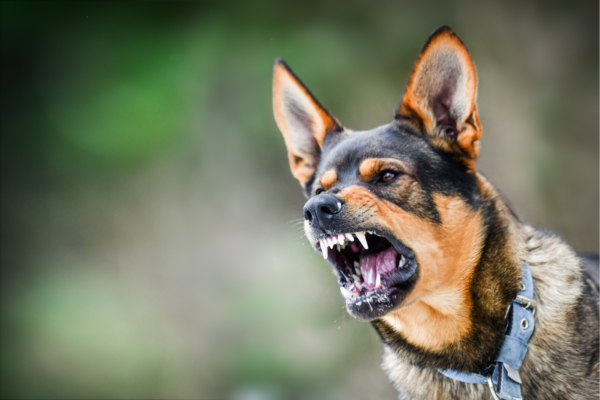
Managing Aggressive Dog Behavior: Tips for Peaceful Living
Living with an aggressive dog may seem challenging, but it can be peaceful and manageable with the right approach. One key aspect is to remain…
June 30, 2023
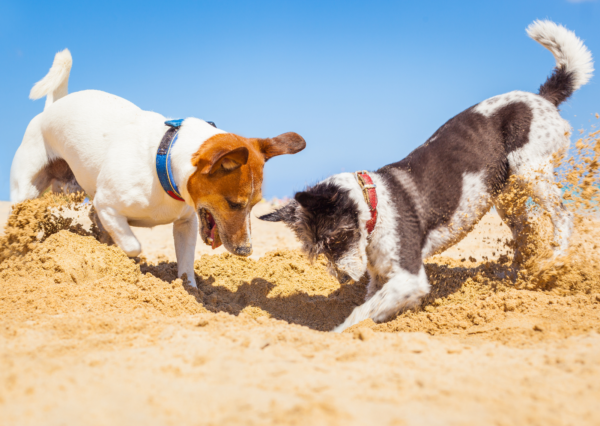
Unlocking the Secret to Successful Puppy Socialization: Quality over Quantity
Today, although the topic is very important, I will keep it brief. Socialization is a topic that could fill books or scientific papers. However, today…

